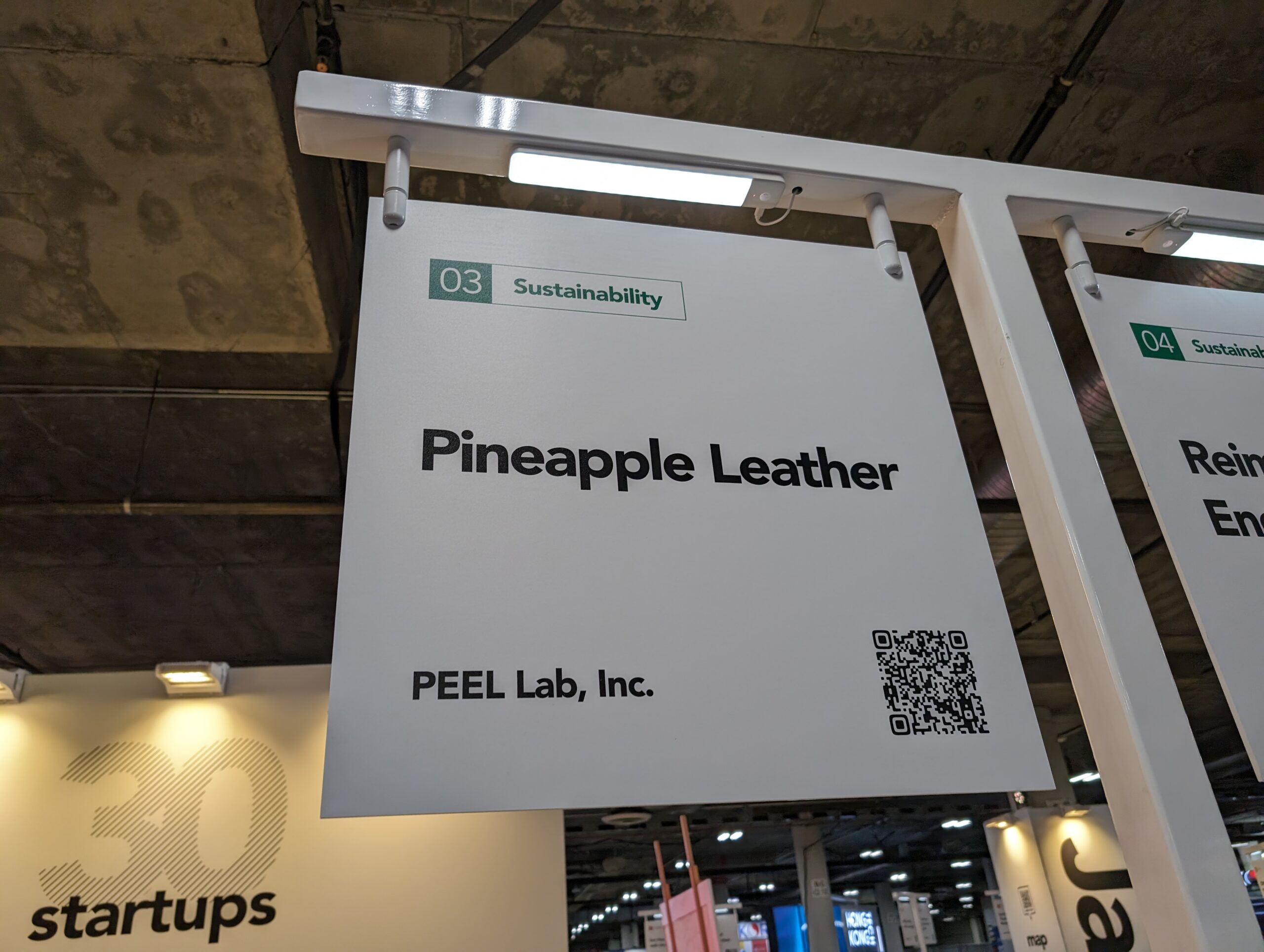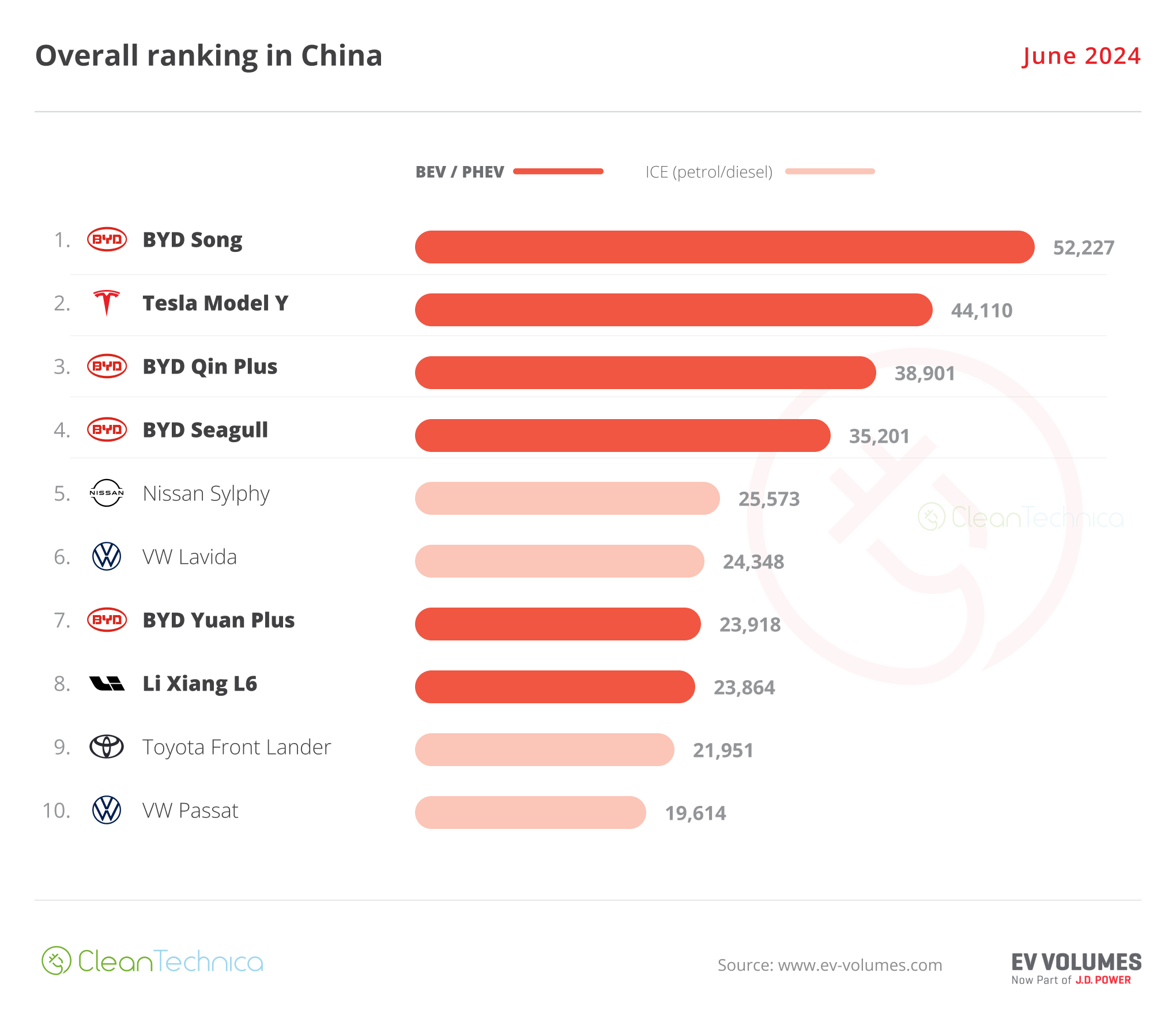Sign up for daily news updates from CleanTechnica on email. Or follow us on Google News!
The US Department of Energy is bringing together a diverse group of manufacturers and businesses to promote the development of advanced heat pump technology for commercial buildings. The program is called the Commercial Building Heat Pump Accelerator, which says in its mission statement:
“Compared with conventional packaged rooftop units (RTUs) with natural gas heating, heat pump RTUs are estimated to reduce GHG emissions and energy costs by up to 50%. From 2024 through 2027, the Commercial Building Heat Pump Accelerator will work with stakeholders, from commercial building owners and operators to manufacturers, to accelerate the development and adoption of heat pump packaged RTUs to achieve integrated energy efficiency and electrification of buildings.”
The Commercial Building Heat Pump Accelerator is part of the DOE’s Better Buildings, Better Plants initiative, which seeks to reduce the greenhouse gas emissions associated with heating and cooling large commercial buildings. To date, that initiative has attracted more than 900 partners who have saved more than 3.1 quadrillion Btu of energy. The savings in fuel costs alone amount to more than $18.5 billion, while more than 189 million metric tons of carbon dioxide have been kept out of the atmosphere as a result.
Commercial buildings and public buildings like schools, universities, and government structures typically rely on large pre-packaged rooftop equipment to heat and cool their interior space. Typically, the heating is done by burning methane gas, which accelerates global heating in two ways. First, it creates carbon dioxide and other pollutants when it is burned. Second, leaks from methane supply lines contribute a significant amount of methane to the atmosphere. Methane is more than 80 times more powerful at trapping heat in the atmosphere than carbon dioxide. It is really nasty stuff that threatens every human being with a rapidly overheating environment.
How A Heat Pump Works
Heat pumps do the same thing as air conditioners — they cool the air that passes through them. But here’s the point. They produce two to three times as much cool air as a conventional air conditioner for any given amount of electricity. But unlike an air conditioner, they can work in reverse to produce heat, and once again they can do that much more efficiently than conventional gas or oil fired heating equipment.
There are challenges, however. Heat pumps cans struggle to make heat when outside temperatures fall below freezing. One of the objectives of the DOE program is to design and build commercial heat pumps that can provide heat at temperatures as low as 20 degrees below zero Fahrenheit. Those improved heat pumps will help decarbonize big box stores, schools, grocery shops, offices, hospitals and hotels, all of which fall under the commercial building umbrella, Maria Vargas, director of the DOE Better Buildings Initiative, told Canary Media.
“We’re partnering now with almost all the manufacturers of these units [in the U.S.],” Vargas said. AAON, Carrier Global Corp., Lennox International, Rheem Manufacturing Co., Trane Technologies, and York International have joined the program. They will work to develop and test new rooftop heat pumps to bring them to the market as soon as 2027, Vargas noted. “That’s a big lift.”
But it’s a crucial step for getting buildings off fossil fuels. Less than 15% of the roughly 6 million commercial buildings in the US use heat pumps for heating and cooling. Today, adoption of rooftop heat pumps is generally limited to mild climate zones and areas served by electric utilities but not methane gas distribution lines. Compared to conventional heating equipment that uses methane gas as a fuel, heat pumps reduce carbon emissions and energy costs by up to 50%, Vargas said.
Reducing Emissions From Commercial & Public Buildings
Because of their excellent efficiency and ability to run on clean electric power, heat pumps are essential to meeting national climate goals. They are also a key part of the national blueprint to decarbonize buildings by 2050, a road map DOE unveiled this month that also calls for a 25% reduction in building emissions by 2035. Buildings — both during construction and when in use after they are built — are responsible for about 35% of total carbon emissions in the US. Commercial buildings account for about 12% of total US emissions, according to the DOE. Once heat pumps are deployed on commercial rooftops nationwide, the department estimates building owners could save an aggregate of $5 billion on utility bills every year.
Ten commercial partners have joined the accelerator, including retailers Amazon, Ikea, Target, and Whole Foods, as well as the Los Angeles Unified School District. They have promised to be early adopters and will help test heat pump prototypes. One of the major hurdles the Accelerator aims to overcome is making heat pump rooftop units that are better adapted to the cold, a task that DOE says is more technically challenging than for residential models. The agency has been working on the latter for a number of years. In 2021, it issued a similar challenge for home heat pumps.
 Chip in a few dollars a month to help support independent cleantech coverage that helps to accelerate the cleantech revolution!
Chip in a few dollars a month to help support independent cleantech coverage that helps to accelerate the cleantech revolution!
Making A Better Heat Pump
The DOE Residential Cold Climate Heat Pump Challenge pushed manufacturers — some of which are also participating in the commercial accelerator — to develop new models that could brave freezing conditions, achieving 40% greater efficiencies than conventional heat pumps and blasting heat at full capacity down to 5˚F. The result has been a spectacular increase in residential heat pump installations in the state of Maine, where word about how effective the new heat pump technology is in winter has boosted demand far beyond expectations. Manufacturers are now field testing prototypes from that program in homes across 10 states.
The Commercial Building Heat Pump Accelerator doesn’t have specific performance targets just yet. “Our goal is to maximize the heat supplied by the heat pump and minimize the heat supplied by [less efficient] back-up heat,” Vargas said. Over the coming months, the DOE will work with manufacturers and commercial partners to finalize more concrete specifications, she noted.
Ralph DiNola, chief executive officer of the decarbonization nonprofit New Buildings Institute, also sees an opportunity for the program to nudge commercial rooftop heat pump development in directions that will help reduce emissions not only from the buildings they sit on top of, but from the grid, too. For example, the Accelerator could require its heat pumps to have wireless controls that would allow operators to shift heat pump use away from times of peak demand on the grid, when power is both especially expensive and polluting. Such demand response technologies are vital to making the grid capable of handling a demand for more electricity without building new generating stations and expanding grid infrastructure. “I’m very excited” about the DOE’s accelerator program, DiNola said. “This is overdue. Every rooftop unit should be a heat pump.”
CleanTechnica readers, being well above average, will quickly see how combining rooftop solar to power those commercial heat pump units would be a triumph of synergy. Use electricity generated on your own roof to power your heat pumps with no new substations or expansion of the grid? Who wouldn’t sign up for that opportunity?
The Takeaway
The key to addressing global heating while maintaining a more or less normal lifestyle is efficiency. For instance, the best conventional car is about 30% efficient. That means about 70% of the energy in a gallon of gasoline is wasted, and part of that waste goes to accelerate global heating. It shouldn’t take a genius to figure out that wasting that much energy is not sustainable. By the same token, heat pumps are two to three times more efficient than conventional heating and cooling equipment. Once again, wasting that much energy is something anybody should want to avoid.
We don’t take two-thirds of the food we buy at the grocery store and throw it in the trash when we get home for the local Piggly Wiggly. Why would we want to discard 70% of the gasoline or methane gas we pay for without getting some benefit from it? ‘Tis a conundrum for sure. “Waste not, want not,” my old Irish grandmother liked to say. We could all benefit from her wisdom, which seems to be getting more relevant with the passage of time.
Have a tip for CleanTechnica? Want to advertise? Want to suggest a guest for our CleanTech Talk podcast? Contact us here.
Latest CleanTechnica.TV Video
CleanTechnica uses affiliate links. See our policy here.




